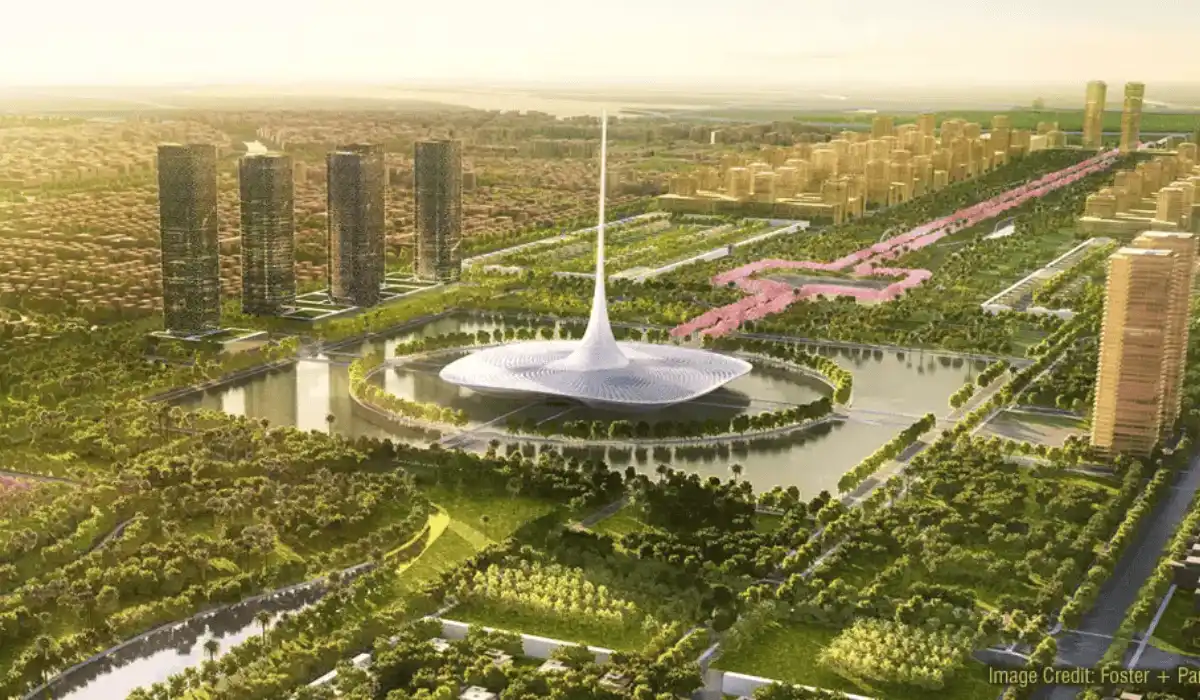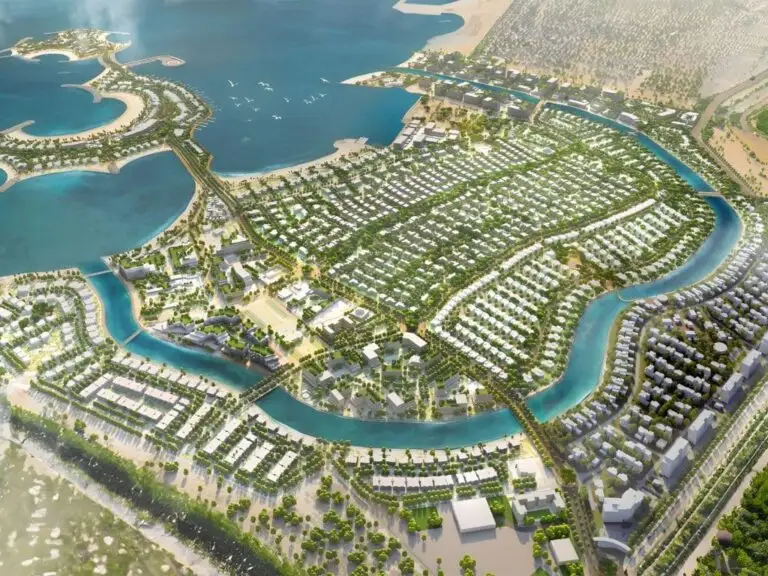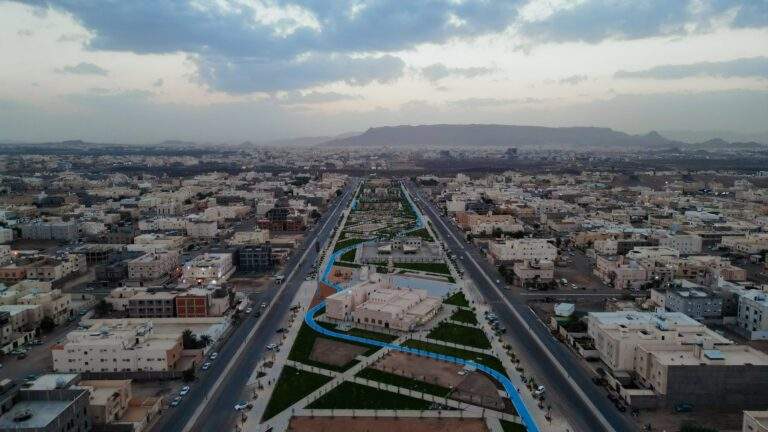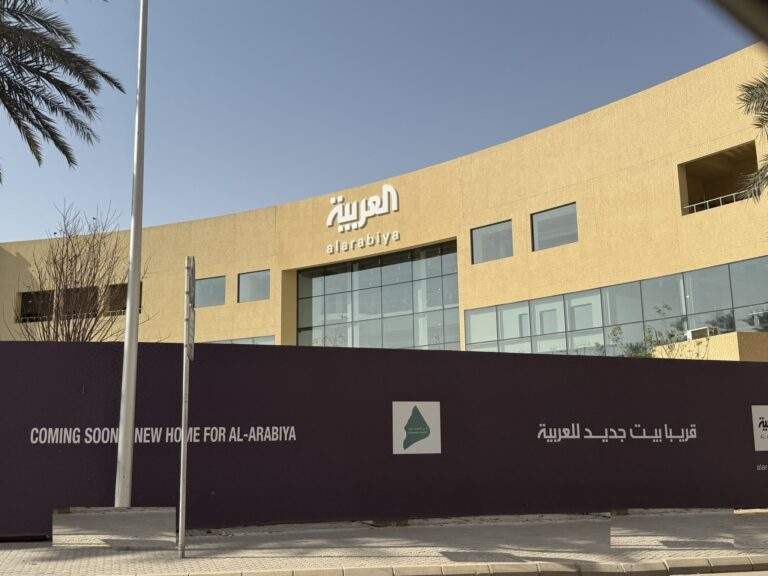Amaravati Development: Reviving the Dream of a Modern Capital
Introduction
Amaravati is one of the most ambitious urban development projects in India, envisioned as the new capital of Andhra Pradesh after its separation from Telangana in 2014. The city was designed to be a model of sustainable development, featuring advanced infrastructure, smart facilities, and green spaces. However, the project faced several challenges that delayed its progress. Now, in 2024, the project is regaining momentum, backed by international funding and government directives, to become a Sustainable Future City.
International Funding and Project Acceleration
On December 20, 2024, the World Bank approved an $800 million loan for the Amaravati Integrated Urban Development Program, aiming to transform the city into a climate-resilient urban hub, ensuring a Sustainable Future City. According to the World Bank, this funding aims to:
“Enhance job creation, improve living standards, and focus on sustainability and inclusivity.”
This financial support will enable the implementation of numerous stalled projects, reinforcing Amaravati’s status as a futuristic smart city.
Government Measures and Development Plan
In November 2024, the Andhra Pradesh Government issued directives to the Capital Region Development Authority (CRDA) to expedite infrastructure projects in Amaravati. These directives aim to support the vision of a Sustainable Future City and include:
- Construction of major roads and advanced drainage systems.
- Establishment of a 24/7 clean water supply network.
- Implementation of sewage treatment plants (STPs) in compliance with environmental standards.
- Development of large green spaces to maintain urban ecological balance.
- Construction of government buildings adhering to sustainability standards.

Additionally, infrastructure projects worth ₹47,288 crore have been approved, including ₹2,723 crore allocated for road development in Zones 7 and 10. These measures are integral to the vision of a Sustainable Future City, with tenders for these projects expected to be issued by January 15, 2025.
International Collaboration and Sustainability Practices
The Amaravati project draws inspiration from global urban planning models, particularly the Dutch gravity-based canal and water management system, which focuses on sustainable water management. The project also includes the construction of ring roads and new tenders for capital city projects to complete Amaravati’s infrastructure as part of the Sustainable Future City initiative.
According to a CRDA official:
“We are implementing global concepts to ensure advanced infrastructure while adhering to environmental standards for sustainable urban development.”
Future Projections
With World Bank funding and government commitment, Amaravati is on track to become a model city in India. Key future projections include turning Amaravati into a Sustainable Future City and:
- Completion of road and public facility projects by 2025.
- Implementation of ₹24,276 crore worth of infrastructure development projects.
- Sustainable economic growth through investor attraction and job creation.
Summary Table of Amaravati’s Key Developments
| Aspect | Details |
|---|---|
| International Loan | $800 million from the World Bank for Amaravati’s development |
| Infrastructure Projects | Roads, water and sewage networks, green spaces |
| Approved Budget | ₹47,288 crore, including ₹2,723 crore for roads in Zones 7 and 10 |
| Expected Completion Date | 2025 |
| Sustainability Approach | Dutch-inspired water management, expansion of green energy |
| Project Goal | Establish Amaravati as a modern and sustainable urban center, making it a Sustainable Future City |
Conclusion
The Amaravati project is entering a new phase of growth and revitalization, supported by massive investments and government reforms. Once completed, Amaravati could become a model of modern urban planning in India, contributing to economic growth, sustainable development, and an improved quality of life for its residents, embodying the vision of a Sustainable Future City.







